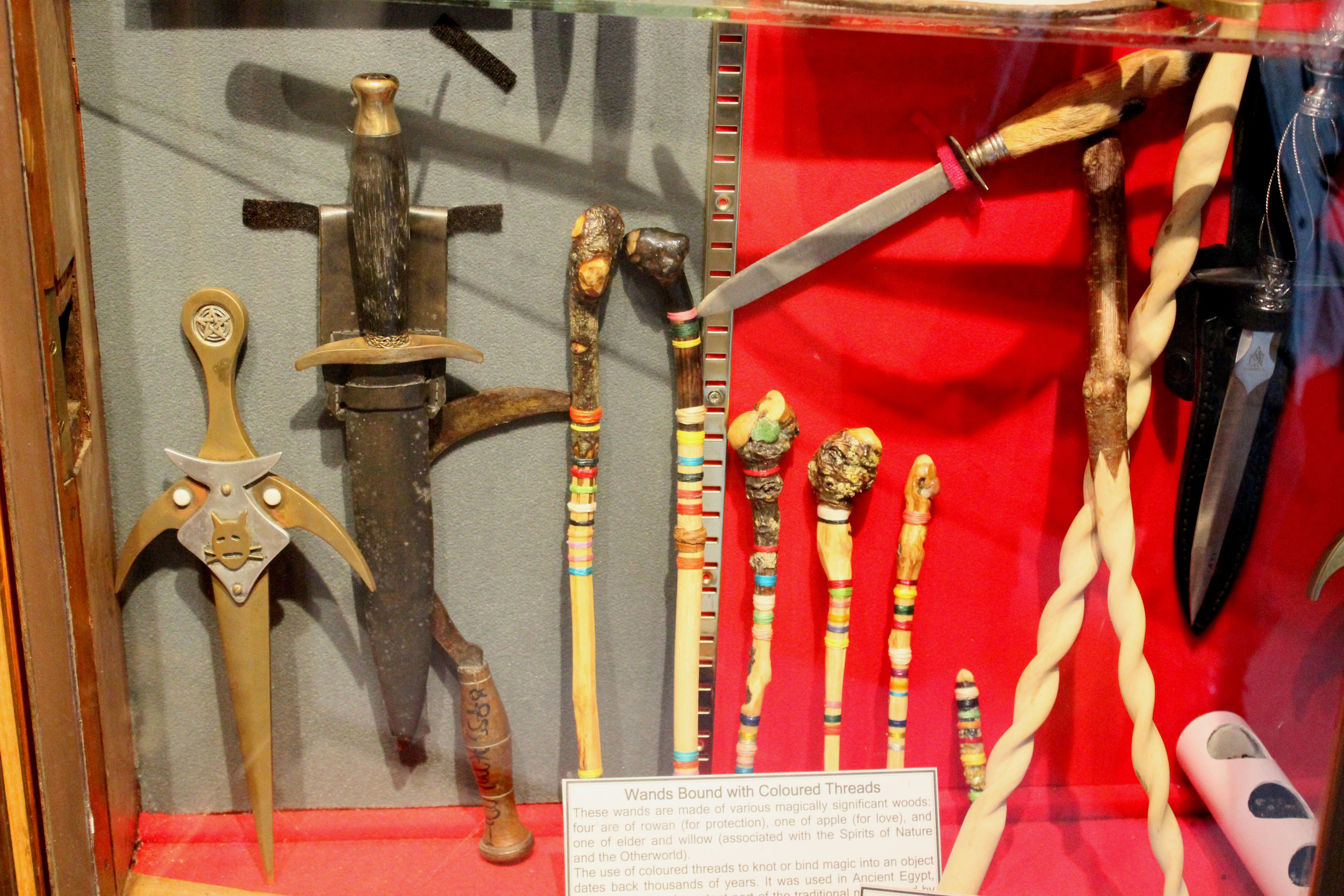
Easter time is upon us once again and all over the Christian world people will be taking holidays, giving eggs as gifts and going to church to celebrate the resurrection of Jesus Christ. Yet, there is more to Easter than this. What are the origins of Easter? Why do we have Easter Eggs, what is the Easter Bunny? Why is it a ‘movable holiday’ and how is the date for Easter calculated?
Origins
Easter derives its original name from Ishtar, the Babylonian and Assyrian goddess of love and fertility. The Phoenicians called her Astarte, who was sister and lover to Baal, and as the tradition of celebrating Astarte spread to northern Europe she became known as Ostara, goddess of spring, fertility and the rising sun by the Germanic peoples. Astara is also associated with the rising of the moon in Phoenician tradition.
The ancient Egyptians also celebrated fertility and new life and the hare or rabbit Wenu, yet another symbol of re-birth, was associated with the sun, Ra, and the resurrective powers of Osiris. In Egypt, the hare was also connected with the moon for that was the time when the hare would come out to feed at night.
When the Germanic tribes invaded and settled Britain in the 4th Century onward, they also brought over the tradition of celebrating Ostara/Eostre during the time we now associate with the month of April and they also used the hare as a totem symbol for fertility and spring. According to Anglo-Saxon myth, the goddess Ostara turned her pet bird into a rabbit to delight some children. The rabbit then proceeded to lay brightly coloured eggs, which Ostara gave to the children. This may be a belief which was brought over from their Germanic homelands, as Britain itself did not have any rabbits until the later Norman period, in the 11th Century. The first actual mention of an Easter Bunny was in Germany in the 1500’s.
The tradition of giving eggs also dates from ancient times. The Persians and Egyptians used to dye eggs in bright spring colours and hand them to friends as a symbol of renewed life. Even today there are myths and legends in Eastern and Middle Eastern cultures that tell how the Earth itself was hatched from a giant egg. The painting and giving of Easter Eggs remains to this day, as well as the making of chocolate eggs (which are delightful modern additions to an ancient custom) long after the original tradition has been forgotten.
Easter Becomes a Christian Holiday
Like most ancient Pagan customs and festivals, Easter was later adopted by the Christians. In the second Century AD, Christian missionaries in northern Europe realised that the time when they traditionally celebrated the crucifixion of Christ roughly coincided with the Germanic/Teutonic springtime celebrations. The Christians quickly absorbed the symbols of the triumph of life over death, and of renewal/rebirth. At the same time, it is believed that the early Christians, many of whom were of Jewish origin, adopted the Hebrew festival of Passover, which derives its name from Pasch and Esther, the woman associated with it.
Early Christians believed the week before Easter was a good time to be baptised. They used to wear white clothes to signify new life, and referred to this as “White Week”. It was considered good luck to wear a piece of new clothing on Easter Sunday and it was thought that the wearing of old or used clothes would bring misfortune for the year ahead. The wearing of white clothes also signified light, purity and joy. I believe in more recent years the Easter Bonnet also became associated with this tradition as it allowed women to dress up in fine clothing, putting an end to the dreary winter months.
Prior to A.D. 325, Easter was celebrated on various days of the week, including Friday, Saturday and Sunday. In that year, Emperor Constantine, at the Council of Nicaea, issued the Easter Rule, which stated that Easter was to be celebrated on the first Sunday which occurs after the first full moon on or after the vernal equinox.
Easter became known as a ‘movable feast’ as it is celebrated on various dates between March 22nd and April 25th. It also became a principle feast in the Christian year and many other festivals were fixed in relation to Easter. The 40-day Lent season ends on the midnight of the Saturday before Easter Sunday and the Sunday of Advent is also fixed in relation to whatever day Easter falls on in that particular year.
The calculating of the dates for Easter is complicated, even more so because the Roman Christian tradition differs from the Byzantine (Greek Orthodox) calculations of when the first full moon of the vernal equinox occurs. The ecclesiastical ‘full moon’, which is the fourteenth day of a tabular lunation, is used by Roman Christians and Day 1 corresponds to the ecclesiastical New Moon. This does not always fall on the same date as the astronomical full moon. The ecclesiastical vernal equinox is always on March 21st. Therefore, Easter must always be celebrated on a Sunday between the dates of March 21st and April 25th. Still confused? So am I.
Orthodox Christians use the older Julian calendar, whereas Roman Christians, since Pope Gregory XIII, use the Gregorian calendar; hence the Orthodox Easter is always one week later than the Roman.
To save endless yearly calculations, the dates for Easter have already been set for the coming years and centuries. It is easy to look ahead and see that Easter Sunday falls on April 12, 2099 and even further forward to April 16, 2299. The year-to-year sequence is so complicated that it takes 5.7 million years to repeat.
During the Christian conversion of the English in the 7th Century, Pope Gregory the Great demanded that the old Celtic Christian traditions, influenced by the Iona School after Saint Columba, were to be dropped in favour of the Roman traditions. What resulted was the Synod of Whitby in 664 A.D. One of the key issues under discussion was the calculation for Easter Day. Saint Colman represented the Celts and Saint Wilfred the Romans. King Oswy of Northumbria presided over the debate and after much argument he ruled in favour of Rome. King Oswy probably sided with Rome for political reasons but the outcome was that the Celtic Church lost its power over Britain and the English began celebrating Easter on the same date as the rest of the Holy Roman Empire.
Easter Today
Through all the various developments of Easter one tradition has always been retained. The giving of eggs from the ancient Egyptian times, through Anglo-Saxon and the early Christian to the modern day. Nowhere was the decorating of Easter eggs more spotlighted than the beautiful creations by the Russian jeweler Peter Carl Fabergé. Around the year 1885 Fabergé created a jeweled egg filled with many other small items of gold, enamel and precious gems and presented it to Czar Alexander III. Fabergé would make one such egg each year and present it to Alexander every Easter until Nicholas, his son, became Czar. Afterwards, Fabergé made two eggs, one for the current Czar and one for Alexandra, the Czar’s mother.
Easter Parades are still very popular these days and in cities such as New York, people wear their finest clothes and bonnets. This tradition is believed to date back to the American Civil War period, but the origins definitely go much further back, to the “White Week” tradition of early Christianity.
During the 20th Century, there has been much debate on making Easter a fixed holiday. In 1963, the Second Vatican Council agreed to fix a date provided they had agreement from the other Christian churches. The most likely date suggested for the future is the second Sunday in April.
By Witcherman
Copyright 2003
All rights reserved.
(First published in Echoed Voices, April 2003)


















